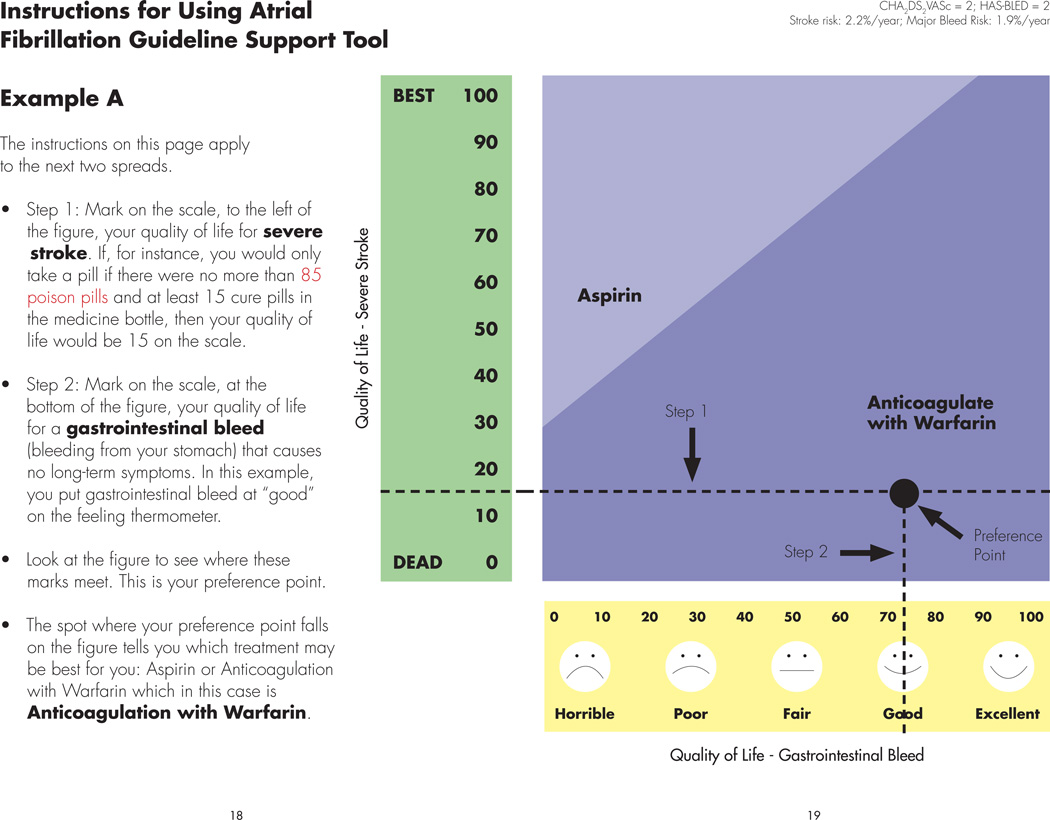Figure 3. Instructions for Using Atrial Fibrillation Guideline Support Tool.
This figure demonstrates an example for patients of how they can use the AFGuST to find their “optimal” choice of antithrombotic therapy, based upon their personalized risk of stroke, major bleeding while receiving aspirin or oral anticoagulant therapy and their values for the health outcomes of major gastrointestinal bleed and severe stroke. Instructions are provided to the left of the figure. The horizontal, x-axis represents an individual patient’s values and preferences (quality of life) for a gastrointestinal bleed, while the vertical, y-axis represents a patient’s quality of life following a stroke with severe neurological sequelae. There are two treatment regions in the figure representing the optimal strategy for a patient with this particular combination of stroke and bleeding risk. Patients mark the values (utilities) they provided previously for quality of life following a severe stroke (step 1) and quality of life in the early aftermath of a gastrointestinal bleed (step 2). They then draw a line from each of these points on the y- and x-axes and mark the point where these two lines intersect. This is called their “preference point.” An example is shown for a patient with a CHA2DS2VASc of 2 (stroke risk – 2.9%/year) and a HAS-BLED of 2 (major bleeding risk – 1.9%/year), who believes their quality of life would be low following a stroke with severe neurological consequences (~ 15, on a zero to one hundred scale), and higher following a significant gastrointestinal bleed (~73, on a zero to one hundred scale). The “preference point” for such a patient falls in the region to the lower right where anticoagulation with warfarin is best. Alternatively, for a patient who felt that their quality of life following a major bleed and following a stroke would be modestly decreased (not shown), aspirin would be the best treatment choice, since their decision point would fall above the threshold line dividing the two treatment regions. The patient is asked to find their own “preference point” using their personalized health values on a following page of the pamphlet.

